
Ingredient
Sage, dry
The Timeless Herb: Unveiling the Versatility of Dry Sage
Dry sage is a herb derived from the leaves of the Salvia officinalis plant. It has a distinct aroma and a slightly bitter taste. The leaves are grayish-green in color and have a velvety texture. Dry sage is commonly used in its dried form, which intensifies its flavor and aroma.
Origins and history
Sage has a long history that dates back to ancient civilizations. It was highly regarded by the Greeks and Romans, who believed it had healing properties and used it in religious ceremonies. Sage has been used in traditional medicine for its potential health benefits, including improving digestion and memory. In culinary traditions, sage is a popular herb in Mediterranean and European cuisines, where it is used in dishes like stuffing, roasted meats, and sauces.
Nutritional information
Dry sage is a good source of antioxidants and essential oils, such as thujone and cineole. It also contains vitamins and minerals, including vitamin K, vitamin A, calcium, and iron. However, it is typically used in small quantities in cooking, so its nutritional impact is limited.
Allergens
There are no known allergens associated with dry sage.
How to select
When selecting dry sage, look for leaves that are grayish-green in color and have a strong aroma. Avoid leaves that are discolored or have a musty smell, as they may be stale or of poor quality. Store dry sage in an airtight container in a cool, dark place to maintain its flavor and aroma.
Storage recommendations
To maintain the freshness and quality of dry sage, store it in an airtight container in a cool, dark place, away from direct sunlight. Properly stored dry sage can retain its flavor and aroma for up to a year.
How to produce
Sage can be grown in home gardens or containers. It requires well-drained soil and full sun exposure. The plant can be propagated from seeds or cuttings. Regular pruning will help promote healthy growth and ensure a steady supply of fresh sage leaves.
Preparation tips
Dry sage is commonly used in a variety of dishes and cuisines. It is often added to stuffing for poultry, pork, or vegetables, giving them a savory and aromatic flavor. Dry sage can also be used to season roasted meats, soups, and sauces. In addition, it pairs well with ingredients like butter, garlic, and lemon, adding depth and complexity to dishes.
Availability
Dry sage is commonly available in grocery stores, supermarkets, and specialty food stores around the world.
More ingredients from this category » Browse all
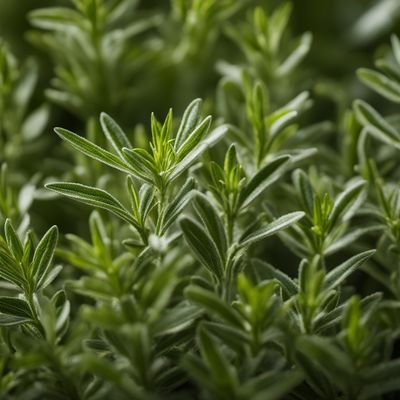
Savory, dry
Umami Delight

Rosemary, dry
"The Fragrant Herb: Unveiling the Secrets of Dried Rosemary"

Sweet cicely, dry
The Delicate Herb: Sweet Cicely

Angelica, dry
The Heavenly Herb: Unveiling the Secrets of Dry Angelica

Woodruff, dry
The Fragrant Herb: Unveiling the Secrets of Dry Woodruff

Basil, dry
The Fragrant Herb: Dried Basil

Hyssop, dry
The Aromatic Herb: Unveiling the Secrets of Dry Hyssop

Borage, dry
The Vibrant Herb of Delight

Balm leaves, dry
The Soothing Herb: Balm Leaves

Celery leaves, dry
The Flavorful Herb: Dry Celery Leaves
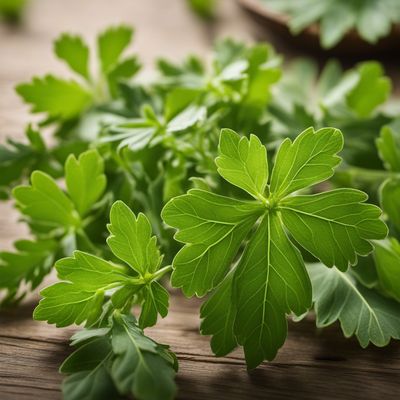
Lovage, dry
The Aromatic Herb: Lovage

Marjoram, dry
Discovering the Aromatic Delights of Dry Marjoram
Recipes using Sage, dry » Browse all
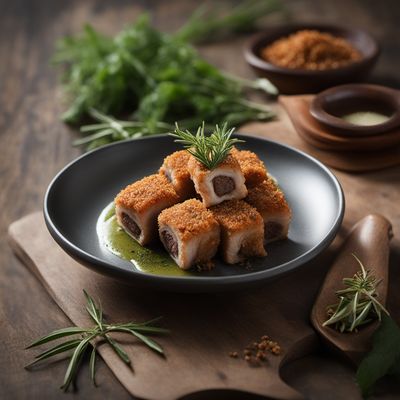
Crispy Lombard Pork Rolls
Lombard-inspired Crispy Pork Rolls: A Delicious Twist on Som Moo

Traditional Cumberland Sausage Recipe
Savory Delight: Authentic Cumberland Sausage
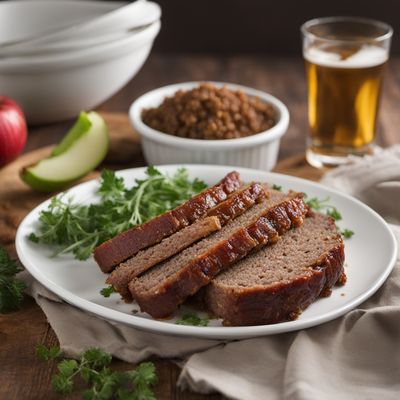
Pennsylvania Dutch-style Meatloaf
Hearty Dutch Delight: Pennsylvania Dutch-style Meatloaf
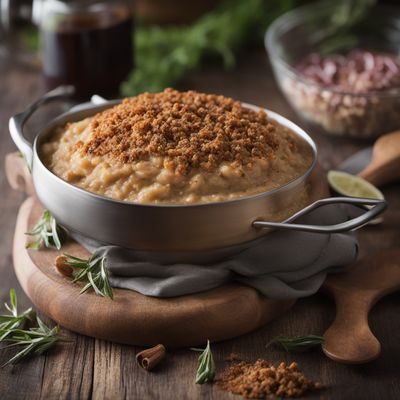
Hog's Pudding Delight
Savory Sausage Delight: A Twist on Traditional Hog's Pudding
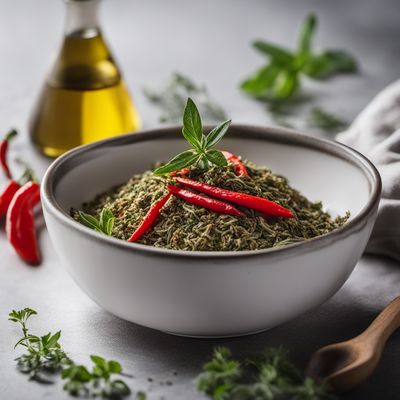
Extremaduran Berlingozzo
Savory Delight: Extremaduran Berlingozzo - A Fusion of Italian and Extremaduran Flavors
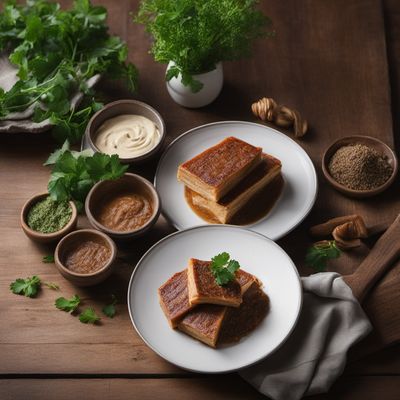
Pâté Gaumais
Savory Gaumais Delight

Hog Maw Delight
Savory Stuffed Hog Maw: A Delightful Twist on American Cuisine

Mazzafegato alla Toscana
Tuscan Delight: Mazzafegato - A Savory Italian Liver Dish

Creamy Pumpkin Soup
Velvety Delight: Creamy Pumpkin Soup

Purica s Mlincima (Roast Turkey with Mlinci)
Savor the Flavors of Croatia: Roast Turkey with Traditional Mlinci

Dorset-Style Savory Pie
Dorset Delight: A Savory Pie with a Twist
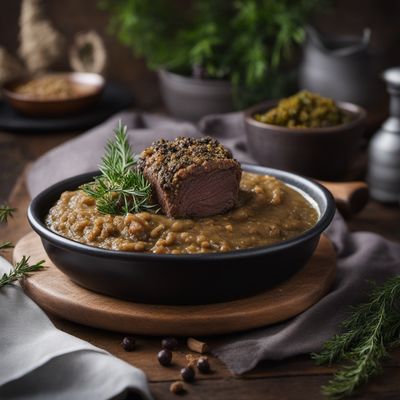
Traditional Scottish Haggis with a Modern Twist
Savory Scottish Delight: A Contemporary Haggis Recipe